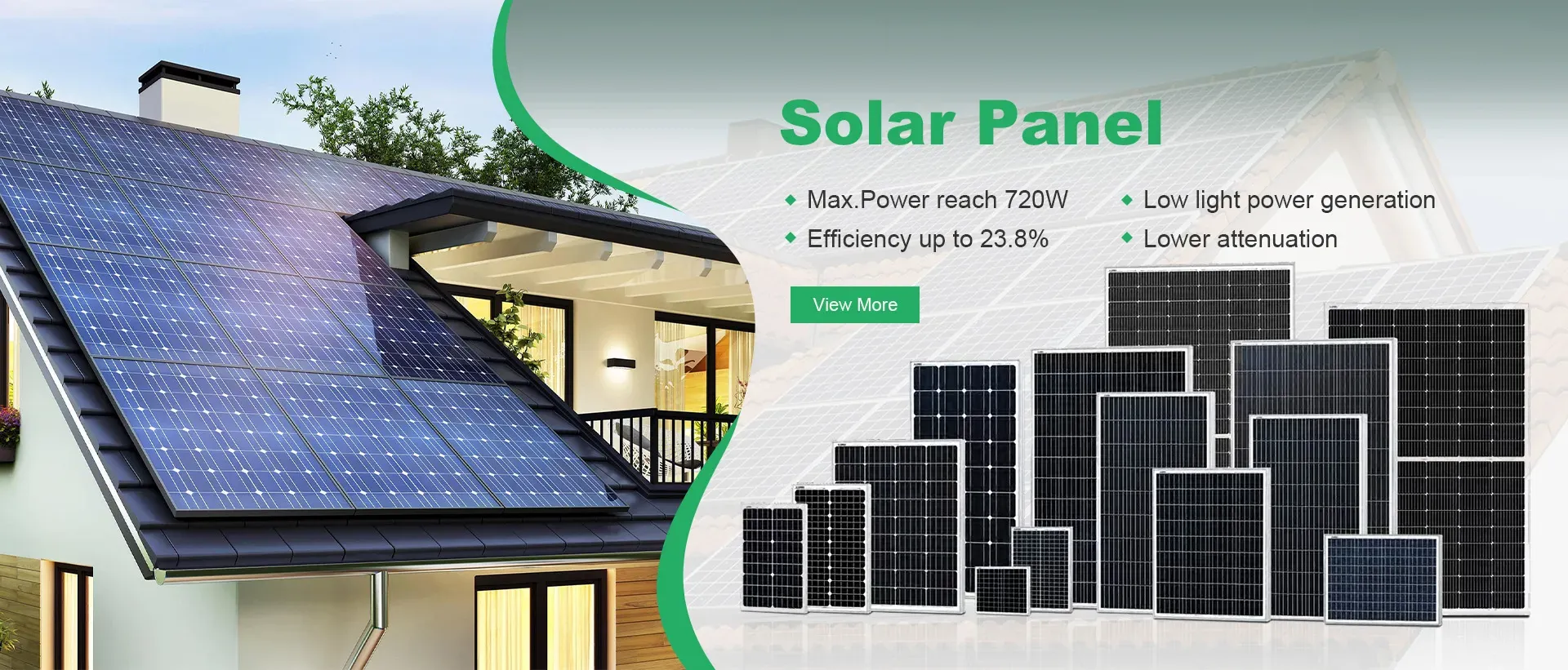cost to add solar panels
The Cost to Add Solar Panels A Comprehensive Overview
In recent years, solar energy has emerged as a prominent alternative to traditional fossil fuels, offering a sustainable source of power while reducing greenhouse gas emissions. As awareness of climate change outweighs ignorance, many homeowners consider adding solar panels to their properties. However, understanding the costs associated with this investment is crucial for making an informed decision.
Initial Costs of Solar Panel Installation
The initial cost is often the first consideration for homeowners interested in solar panels. On average, the price of solar panel installation can range from $15,000 to $25,000 for a typical residential system, which includes the panels, inverter, mounting hardware, and labor. This price varies based on several factors, including the size of the system, quality of the equipment, and local installation rates.
One of the primary determinants of cost is the size of the solar panel system, usually measured in kilowatts (kW). A larger system can generate more electricity, but it also has a higher upfront cost. Homeowners should assess their energy needs and consumption patterns to determine the appropriate system size. For instance, a household consuming 800 kWh per month may require a 6 kW solar system, whereas a larger household might need 10 kW or more.
Government Incentives and Financing Options
While the initial costs can be daunting, various government incentives can significantly offset expenses. In many regions, federal and state governments offer tax credits, rebates, and grants to encourage solar adoption. For instance, in the United States, the Federal Solar Investment Tax Credit (ITC) allows homeowners to deduct a percentage of the installation costs from their federal taxes. As of 2023, the credit is set at 30%, which can lead to substantial savings.
In addition to tax credits, financing options such as solar loans, leases, and power purchase agreements (PPAs) can make solar more accessible. Solar loans allow homeowners to finance the upfront costs while paying off the loan over time with monthly payments that can be lower than their previous utility bills. Leasing arrangements and PPAs enable homeowners to install solar panels with little to no upfront cost, while paying a fixed monthly fee or purchasing the electricity generated at a predetermined rate.
cost to add solar panels

Long-Term Savings and Return on Investment
Understanding the long-term savings associated with solar panels is essential for evaluating the overall investment. While the upfront cost can be significant, the lifetime savings from reduced electricity bills can make solar panels economically viable. On average, homeowners can expect to save between $10,000 and $30,000 over 20 years, depending on their local electricity rates and energy consumption.
Moreover, the return on investment (ROI) for solar panels is often attractive. Many homeowners see a payback period of 5 to 10 years, after which they can enjoy free electricity. Additionally, solar panels can increase a property’s market value, which is an added benefit for homeowners considering a future sale.
Hidden Costs and Maintenance
Despite the clear benefits, it is essential to consider the hidden costs associated with solar panel installations. Maintenance and repairs, though typically minimal, can incur costs. Regularly cleaning the panels and inspecting the system can ensure optimal performance. Additionally, homeowners should budget for potential replacements, such as inverters, which may need to be replaced after 5 to 10 years.
Conclusion
Adding solar panels to your home can be a worthwhile investment, given the environmental advantages and long-term financial savings. The initial costs may seem high, but with the right incentives and financing options, many homeowners find solar energy increasingly accessible. Understanding the complete picture—initial costs, long-term savings, government incentives, and potential hidden costs—is essential for making an informed decision. Ultimately, investing in solar panels not only contributes to individual financial savings but also promotes a sustainable future for our planet.
-
String Solar Inverter: The High-Efficiency Solution for Smart Solar EnergyNewsJul.14,2025
-
Revolutionizing Rooftop Energy with the Power of the Micro Solar InverterNewsJul.14,2025
-
Power Independence with Smart Off Grid Solar Inverter SolutionsNewsJul.14,2025
-
On Grid Solar Inverter: Powering the Future with Smart Grid IntegrationNewsJul.14,2025
-
Monocrystalline Solar Panels: High-Efficiency Power for the Future of Clean EnergyNewsJul.14,2025
-
Bifacial Solar Panel: A Smarter Investment for Next-Generation Energy SystemsNewsJul.14,2025







